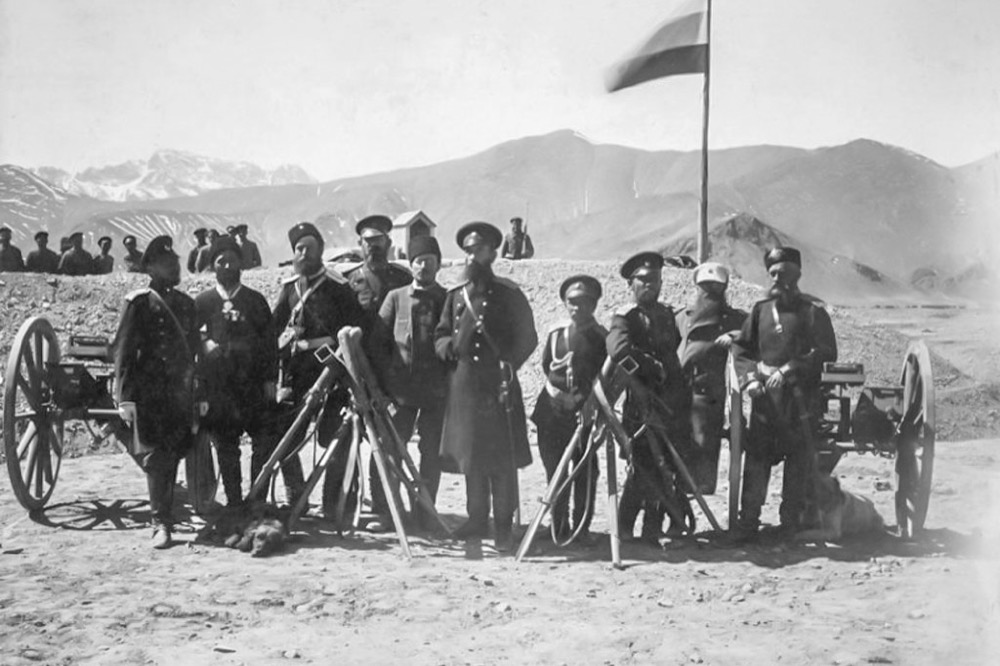Topic and Aim
In the Pamirs, connectivity and the making of remoteness are closely tied to the history of Russian forces and administrators in the region. At the end of the 19th century, Russian military garrisons were established in Murghab (1893) and Khorog (1895) and with the establishment of the Wakhan Corridor between the Russian and British Empires at the height of the Great Game, erstwhile trans-regional systems of exchange were replaced by connections between the newly created peripheries and their respective imperial centers. Over the course of the 20th century, the Tajik and Kyrgyz Pamirs were firmly incorporated into Soviet life, the Afghan Pamirs increasingly became a periphery.
While the geo-political history of the Great Game and later the Cold War is well documented, we know relatively little about the actual encounters and day-to-day live on the ground. The aim of this subproject is to take stock of existing archives and Russian-language academic work on the Tajik and Afghan Pamirs. Questions addressed include to what extent relations across the Panj and Pamir rivers that form the border between Tajikistan and Afghanistan were maintained during the 20th century, how Russian and Soviet officials conceived of the socio-economic situation, and how ethnographic and geological research in the Pamirs shaped Russian understandings of the Pamirs.
Work Packages and Envisioned Outputs
The project is structured in two work packages. The first work package consists of a literature review of doctoral dissertations and other unpublished academic work in Russian. The emphasis thereby lies on research in anthropology, history, and related disciplines. As many of these works are not easily accessible, research for this work package requires close contacts with academic institutions in Russia and Tajikistan such as the Eastern Faculty of Saint Petersburg State University, the Russian Academy of Science, the Tajik Academy of Science in Dushanbe and Khorog, and “Pamir”, a well-networked diaspora organisation in Saint Petersburg. The output of this first work package is an annotated bibliography with detailed tables of contents tagged with a list of topics and names developed over the course of the project.
The second work package focusses on a preliminary analysis of existing archives of Russian and, if possible, Soviet sources. The focus here lies on reports, letters, memoirs and other documents by Russian and Soviet army officers and other administrators stationed in the Pamirs. Of particular interest are Andrey Snesarev (1865-1937) and Edward Kivekäs (1866-1940). Both served in the Pamirs in the early 20th century. The outcome of this work package is an index to the materials found and English translations of relevant documents.


